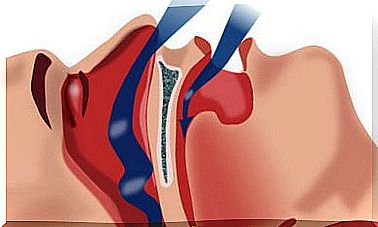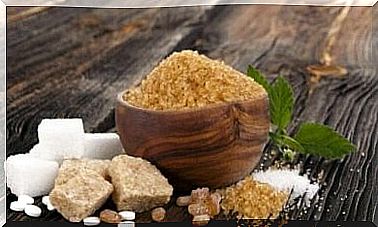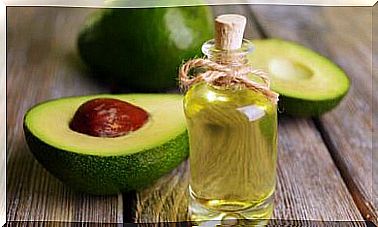How To Take Care Of Joints Through Diet: Everything You Need To Know
A good diet to care for the joints consists of foods that fight inflammation in order to prevent them. pain and premature wear and tear. In addition, it suggests limiting certain ingredients which may be harmful.
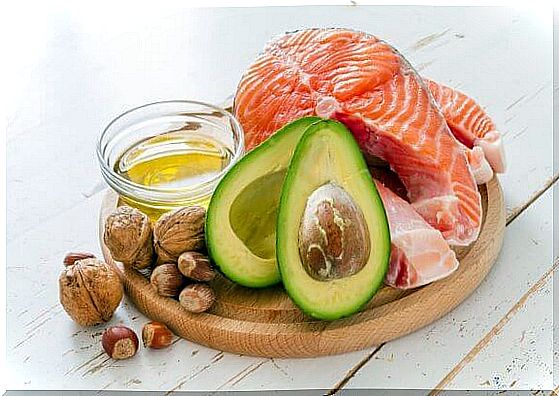
Nutrition plays a very important role in all aspects that affect health. For this reason, it is a good idea to adopt a diet program to take care of the joints in the face of pain and wear and tear. How should it be designed?
A diet aimed at taking care of the joints requires increasing the consumption of food. In addition, these must promote the maintenance of cartilage, muscles and bones.
On the other hand, it is important to take into account the fact that each person has nutritional requirements in accordance with their age, weight and state of health. Nonetheless, there are a few generalities that are helpful in taking care of joint health from an early age.
How to eat to take care of the joints
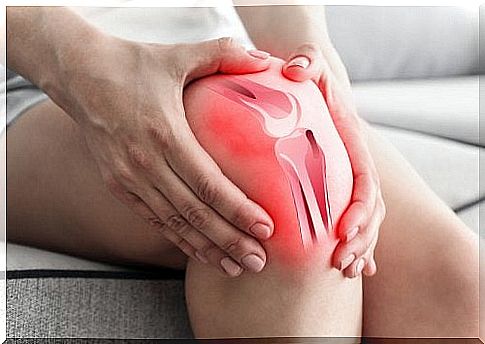
There are many factors that can affect the development of joint disease. Initially, the aging process is the main cause. However, bad habits, trauma and insufficient nutrition can accelerate it.
This is why we must ensure an optimal supply of essential nutrients since they can reduce the risk of alterations in inflammatory processes. In addition, diet helps protect cartilage, the wear and tear of which can cause rheumatoid arthritis, osteoarthritis or osteoarthritis.
By taking care of the joints through diet, we try to achieve different goals:
- Maintain, of course, a healthy weight, since overweight and obesity worsen joint health
- But also improve circulation to support inflammation reduction
- At the same time, decrease the level of acidity in the body with alkaline ingredients
- Also ensure optimal intake of nutrients that are reduced due to arthritis
- Finally, control fluid retention by limiting sodium consumption
“Prohibited” foods
Foods that contain too much purines, uric acids or saturated fat should be excluded. Indeed, the absorption of these substances can make the pain worse.
Among these foods are:
- Red or smoked meats and cold cuts
- Beef, chicken or pork viscera
- Pasteurized foods
- Processed food and fast food
- Refined sugars (including sweets, grains, and beverages)
- Coffee and drinks with caffeine
- Fried foods as well as packaged snacks
- Refined flour of course (bread and pastries)
- Whole dairy products
- Alcoholic beverages
Foods to eat in moderation
Some healthy foods should be eaten in moderation due to their oxalate content. Indeed, since this substance can worsen inflammation, it is better to avoid it in our diet to take care of the joints. It is therefore the following foods:
- Tomatoes
- Eggplant
- Beet
- Spinach
- Potatoes
- Peppers and chili
- Pistachios, peanuts
- Chard
- Cocoa Powder
- Wheat germ
Recommended foods
In a diet program to take care of the joints, it is necessary to incorporate healthy, low-calorie ingredients that help you lose weight and reduce inflammation. Luckily, there is a wide range of options for designing menus without neglecting a balanced diet.
- Fatty fish like salmon, sardines or tuna (contain omega-3)
- Cold pressed extra virgin olive oil
- Seeds and linseed oil
- Colza oil
- Nuts, hazelnuts and sunflower seeds
- Sesame seeds
- Quinoa and amaranth
- Lawyer
- Fresh vegetables (except those best avoided)
- Fruits rich in water
- Dried vegetables (lentils, chickpeas, beans)
- Complete rice
- Herbs and spices
Diet tips to take care of the joints
To follow a good diet and take care of our joints, we need to apply some basic nutrition tips.
Limit salt intake

Foods that contain too much sodium can affect fluid retention.
Because of this, this problem involves an increase in the levels of inflammation, which leads to an attack of joint pain and fatigue.
Drink enough water
Getting enough fluids throughout the day can help protect cartilage from premature wear and tear.
This tissue is responsible for covering the ends of the bones so that the joints move without difficulty. Therefore, if the cartilage deteriorates, it increases inflammation and pain.
Consume omega-3 fatty acids
Eating blue fish twice a week helps get healthy doses of omega-3 fatty acids. Indeed, its adequate absorption prevents and fights inflammation since it helps to manufacture prostaglandins.
Eat pulses 3 times a week
Pulses, on the other hand, are an interesting source of complete carbohydrates and vegetable protein. Therefore, consuming them 3 times a week helps maintain optimal energy expenditure. Plus, it helps maintain good muscle and joint health.
Eat five meals a day
Instead of having three large meals, it is better to opt for five moderate meals. This helps to keep the metabolism at a good rate to avoid overweight. In addition, it helps to prolong the feeling of satiety and avoid excessive fatigue.
In summary, to improve the diet to take care of the joints, it is important to make the right choices.






